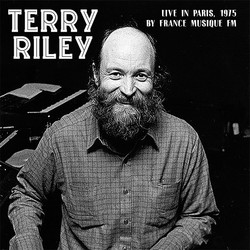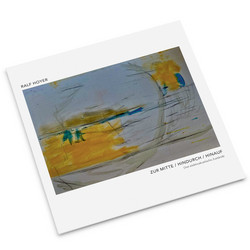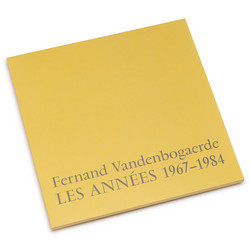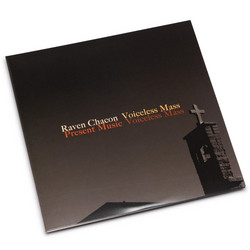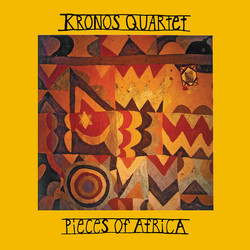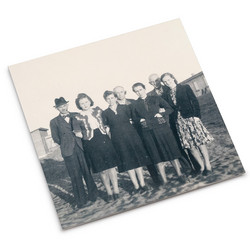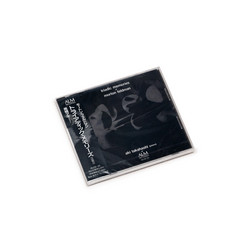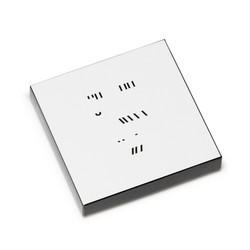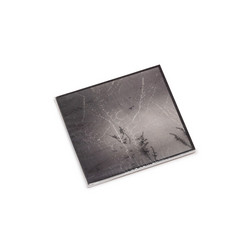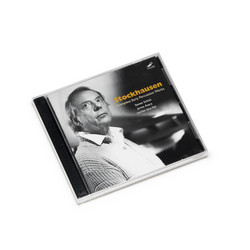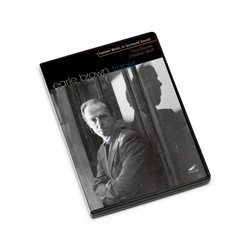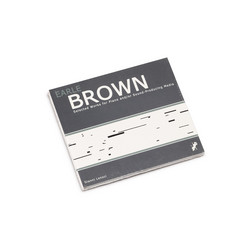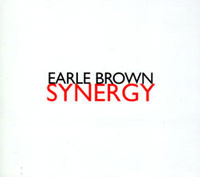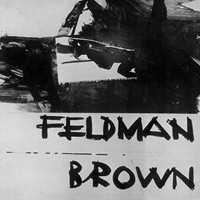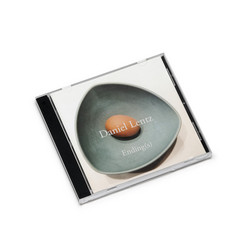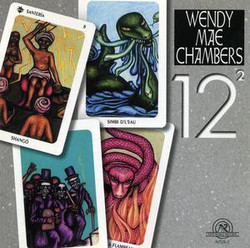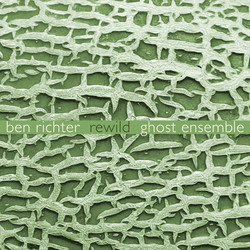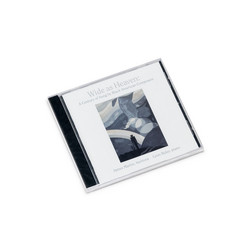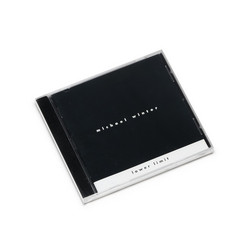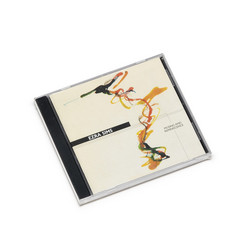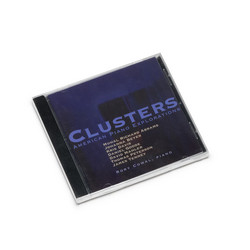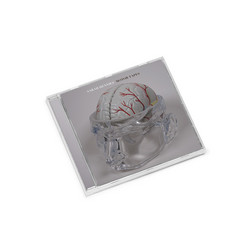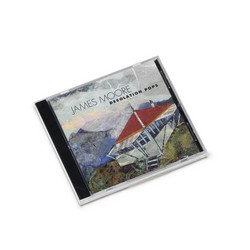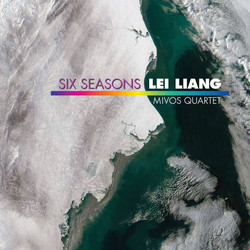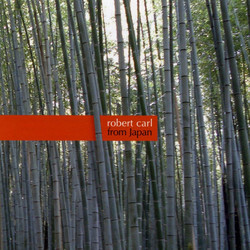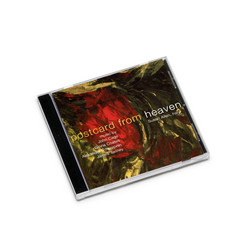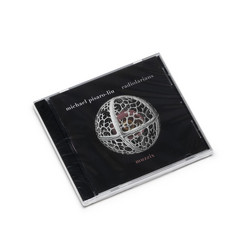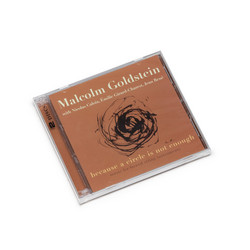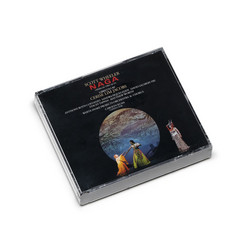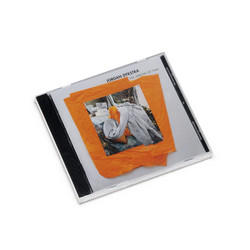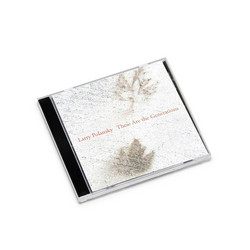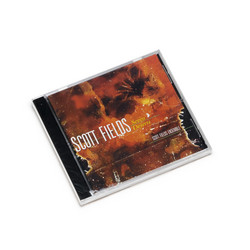Earle Brown
Earle Brown: Selected Works 1952- 1965
This long-awaited reissue of the CRI recording of Earle Brown’s (1926–2002) music is the best overview of his seminal early works. “It is obviously a great pleasure for me that Cri is re-releasing its 1974 recording of my work, and an even greater pleasure that I am able to add to the repertoire. The performance of Times Five and Novara still seem very fine representations of the works and are performed brilliantly by the Dutch musicians. December 1952 as realized by the late, brilliant pianist and composer David Tudor is, in my opinion, the best of many performances he made of this graphic score. It is fascinating to hear the realizations by Michael Daugherty of November 1952, December 1952 and Four Systems. This recording of Nine Rare-Bits is one of six versions that Antoinette Vischer and George Gruntz surprised me with when I returned to Basel after my lectures in Stockholm in 1965. Although I very specifically compose the sound events, it is an “open-form” score, subject to innumerable formal shapes, arranged by the performers themselves. Music for Violin, Cello and Piano is a very early (1952) twelve-tone serial piece in very strictly metric notation.
It uses Schillinger-suggested “serial” techniques, very similar to Messiaen, as it turned out. In contrast, Music for Cello and Piano is a completely subjectively composed work, in what I called “time notation” which is now referred to as “Proportional Notation.” I feel this recording to be an extremely authentic and artistically fulfilled representation of these works written between 1952 and 1965 . I hope that future recordings will as successfully represent my work written between 1965 and 2050 as this does the early work.” — Earle Brown
